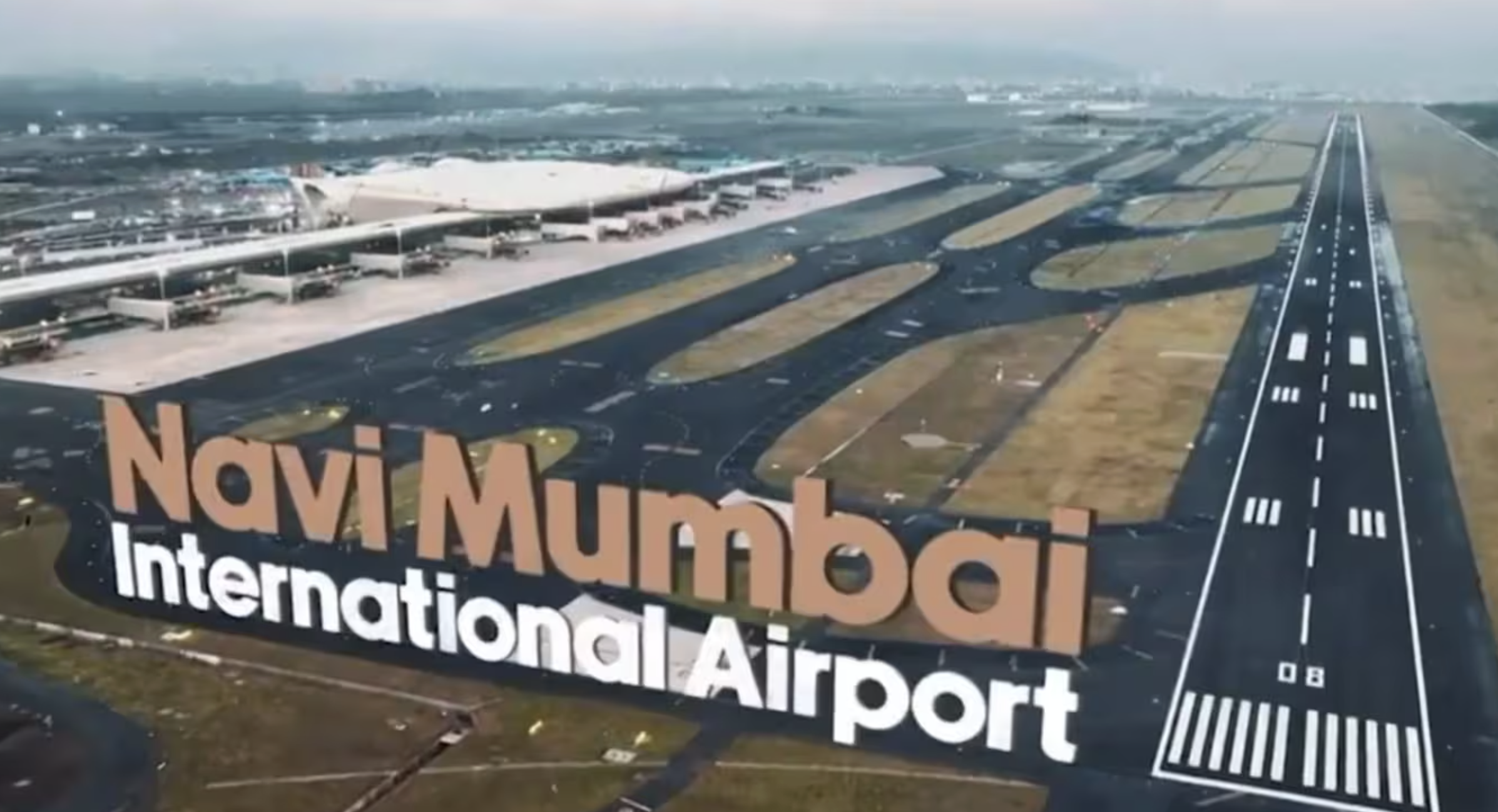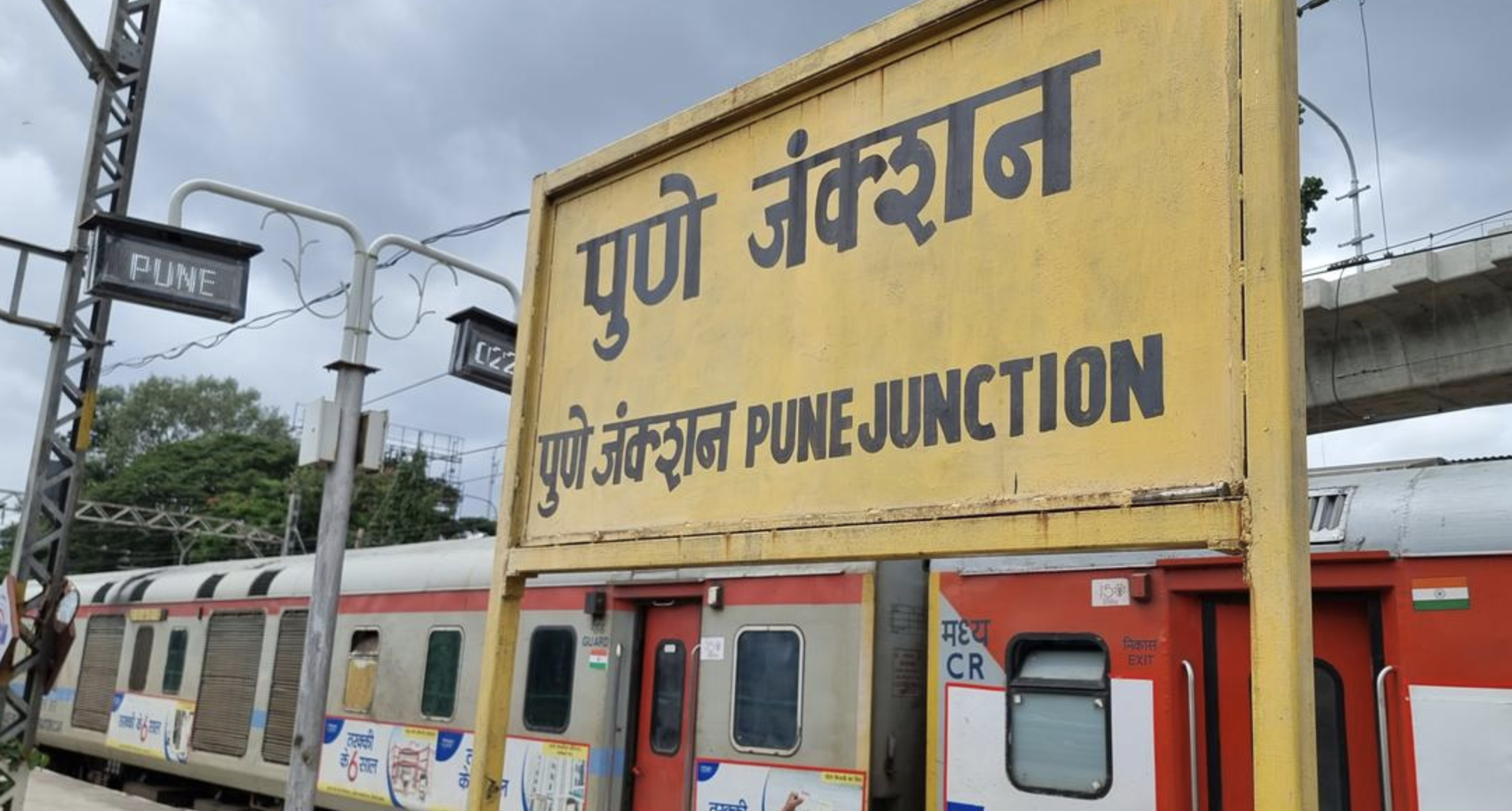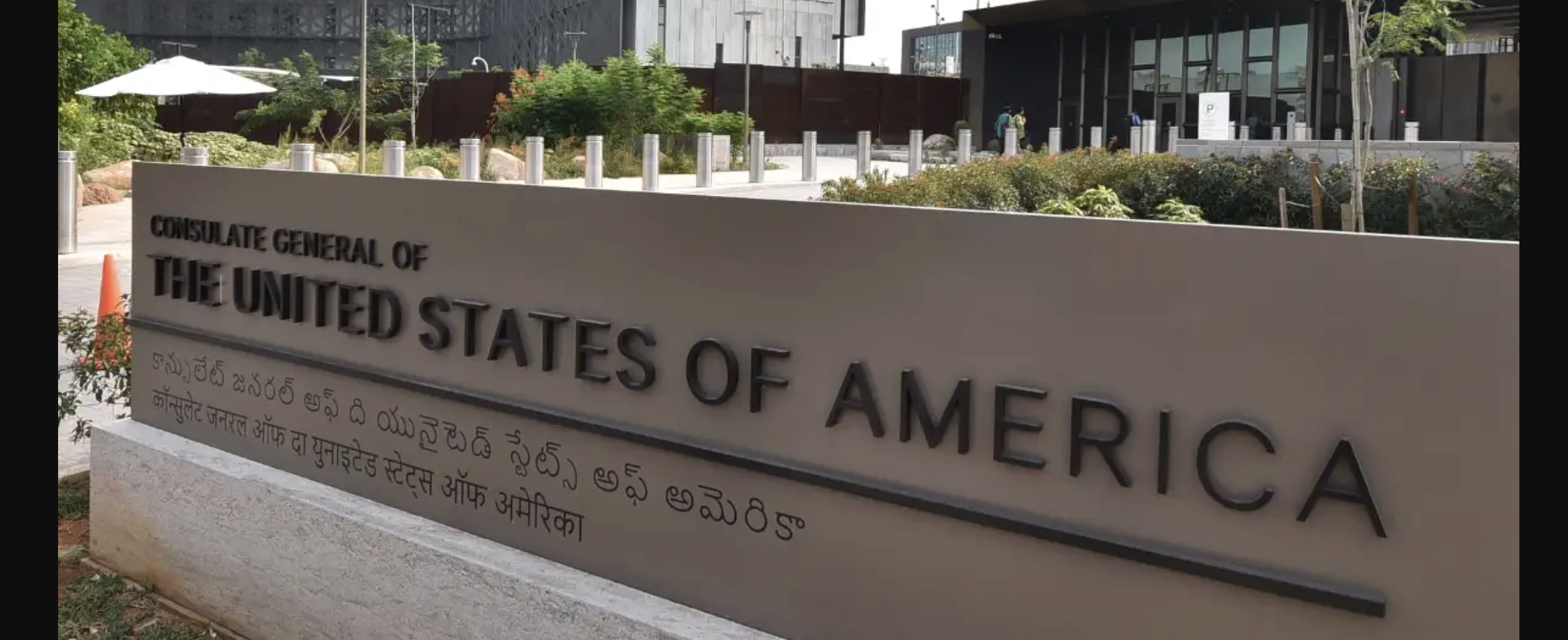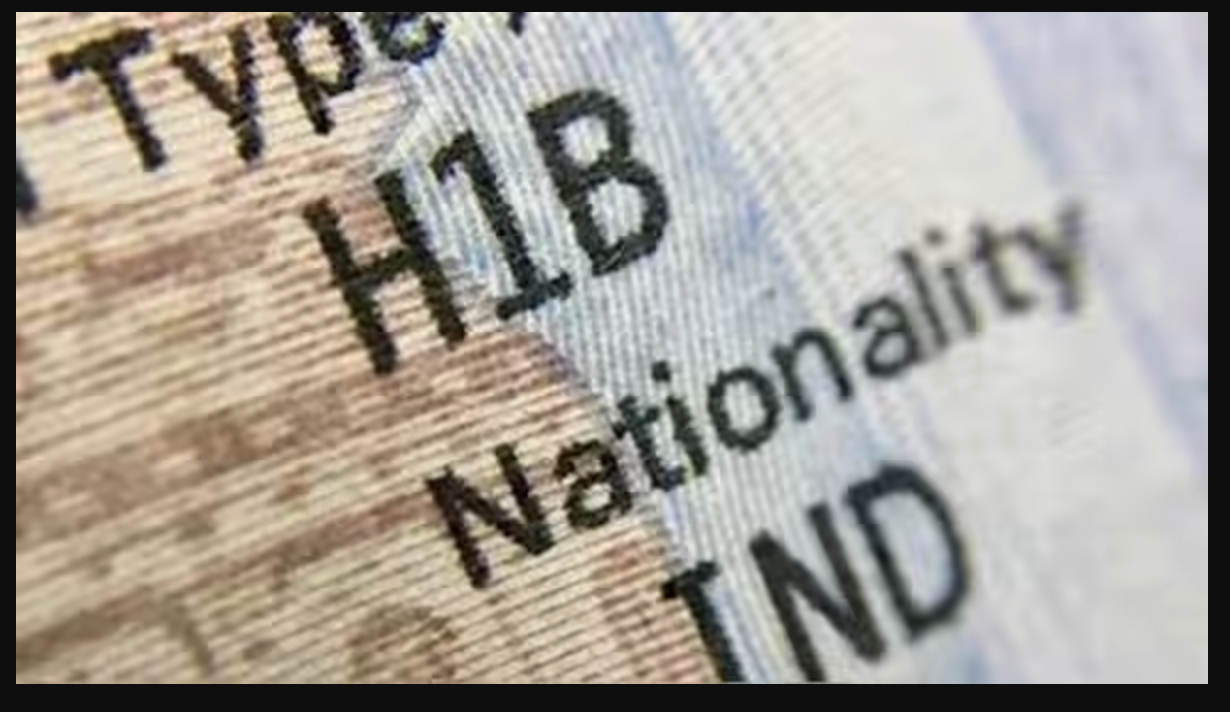‘One Nation, One Election’ is a proposal to hold simultaneous elections for both the Lok Sabha (national elections) and state legislative assemblies. The aim is to synchronize election cycles, reducing the frequency of elections in India, which often disrupt governance. This initiative was highlighted by Prime Minister Narendra Modi during his Independence Day speech, advocating for it as a solution to overcome the hindrance caused by frequent elections.

Why Is the Government Pushing for ‘One Nation, One Election’?
The primary rationale for the ‘One Nation, One Election’ proposal is to save time, money, and resources. Elections in India are frequent and costly, involving large-scale deployment of personnel, security forces, and resources, which the government argues could be better spent elsewhere. Holding elections simultaneously could result in considerable financial savings for both the government and political parties, who otherwise spend heavily on campaigning for multiple elections throughout the year.
Another significant concern is the Model Code of Conduct (MCC), which restricts the ruling government’s ability to roll out new policies during election periods. Since elections occur frequently in various states, the MCC is often in force, creating barriers to the government’s policy implementation. The government hopes that synchronizing elections will allow for more efficient governance and continuity in policy-making.
How Will ‘One Nation, One Election’ Work?
For this initiative to be implemented, amendments to the Constitution are necessary. Articles related to the term of the Parliament and state legislatures, dissolution of the Lok Sabha and state assemblies, and imposition of President’s Rule will need to be revised.
The Ram Nath Kovind-led committee, formed in 2023, has studied electoral practices in other countries and consulted with stakeholders like political parties and the Election Commission of India. While the committee supports the idea, it recognizes the need for a legally sustainable mechanism to sync the elections without disrupting governance.
The government has also indicated that, in the case of early dissolutions, interim governments could be formed, or short-term elections could be held to align with the synchronized election cycle.
Challenges and Criticism
While the idea promises numerous advantages, it is not without challenges. Constitutional experts and opposition parties have raised concerns about the proposal’s impact on India’s federal structure. Synchronizing elections would mean that any early dissolution of a state assembly or the Parliament would necessitate fresh elections across all states, which is impractical.
Regional parties also argue that simultaneous elections could shift the focus away from local issues, as national elections may overshadow state-specific concerns. There are also financial and logistical challenges, such as the cost of procuring and maintaining electronic voting machines (EVMs).
Conclusion
Although the ‘One Nation, One Election’ initiative has garnered significant support, it also faces criticism from various political quarters. The government aims to bring this policy to life within its current term, hoping it will streamline governance and reduce election-related expenditures. However, overcoming the legal, logistical, and political hurdles will be crucial for its successful implementation.












